Septic Preservation Testimonial
The Auto Wash in Eliot Maine has cleaned up their act. After being listed in an online New York Times article as the top water polluter in the state of Maine, the auto wash was in dire need of treatment to their wastewater.
Septic Preservation Services was able to review and analyze the multi faceted and complex issues causing pollutants to be discharged into the ground. The project was critically important due to the close proximity of sensitive wet lands. We were able to take the information gathered and design an onsite wastewater treatment system that solved the issues at hand. The issue was rather complex due to the type of waste generated by the car wash. A significant amount of the waste were solids including, dirt, salt, and road grime not terribly difficult to remove from the wastewater. The rest of the pollutants were soap, wax, oils, grease and other auto fluids. These proved to be more difficult to remove. After many tests we were able to organically treat the wastewater with a special bacteria developed with the ability to consume these organics. After treatment the auto wash is able to recycle the clean water back through the wash and reduce water consumption. This ability to recycle water has a significant impact on the environment and the amount of water discharged into it. With the Auto Wash’s close proximity to sensitive wet lands taking a green approach to the issue was crucial. The Auto wash is now one of the cleanest and greenest in the state.
Septic Preservation has the answer to all your septic problems and needs. Call 800-378-4279 or visit www.septicpreservation.com to have all your septic questions answered. Auto Wash in Elliott, Maine called and had all their problems solved.

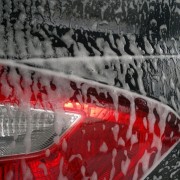
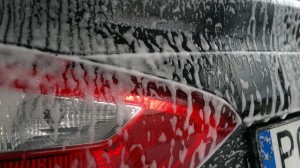
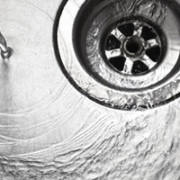
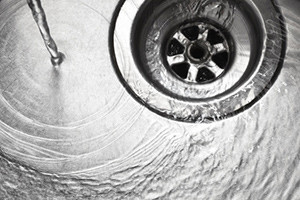
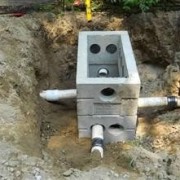
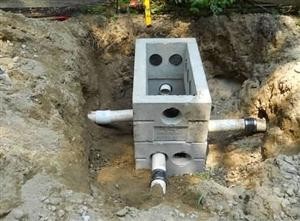 pic bacteria and enzymes are responsible for a major part of the three-stage treatment that processes wastewater in a septic system.
pic bacteria and enzymes are responsible for a major part of the three-stage treatment that processes wastewater in a septic system.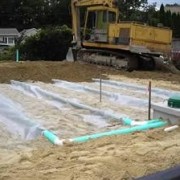
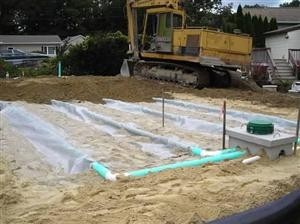

 do to avoid this? If you are a home owner with a private septic system, these questions may have run through your mind.
do to avoid this? If you are a home owner with a private septic system, these questions may have run through your mind. 


 bits can drastically affect your septic system for the good or the bad.
bits can drastically affect your septic system for the good or the bad.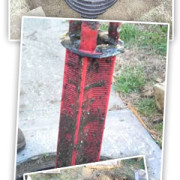
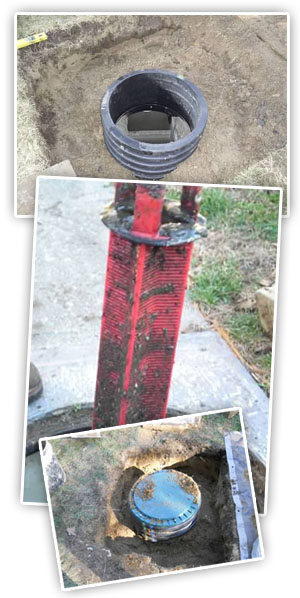 You can extend the life of your septic system by just performing a couple of simple and cost-effective tasks. Signing up for the All-Clear Preventative Maintenance Program is one way to eliminate septic system surprises and make simple adjustments that will prevent costly repairs or replacements. Another way to improve the effectiveness of your septic system is through the use of risers, covers and filters.
You can extend the life of your septic system by just performing a couple of simple and cost-effective tasks. Signing up for the All-Clear Preventative Maintenance Program is one way to eliminate septic system surprises and make simple adjustments that will prevent costly repairs or replacements. Another way to improve the effectiveness of your septic system is through the use of risers, covers and filters.
 n underground leaching area within the soil that receives the liquid wastewater and distributes it over a specified area where it is allowed to seep into the soil.
n underground leaching area within the soil that receives the liquid wastewater and distributes it over a specified area where it is allowed to seep into the soil.
 What do I need to do to sell my house or build an addition on my home?
What do I need to do to sell my house or build an addition on my home?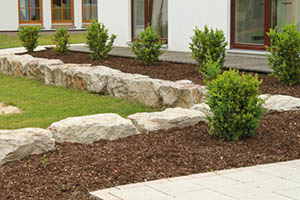 Will my landscaping be affected by the inspection?
Will my landscaping be affected by the inspection?